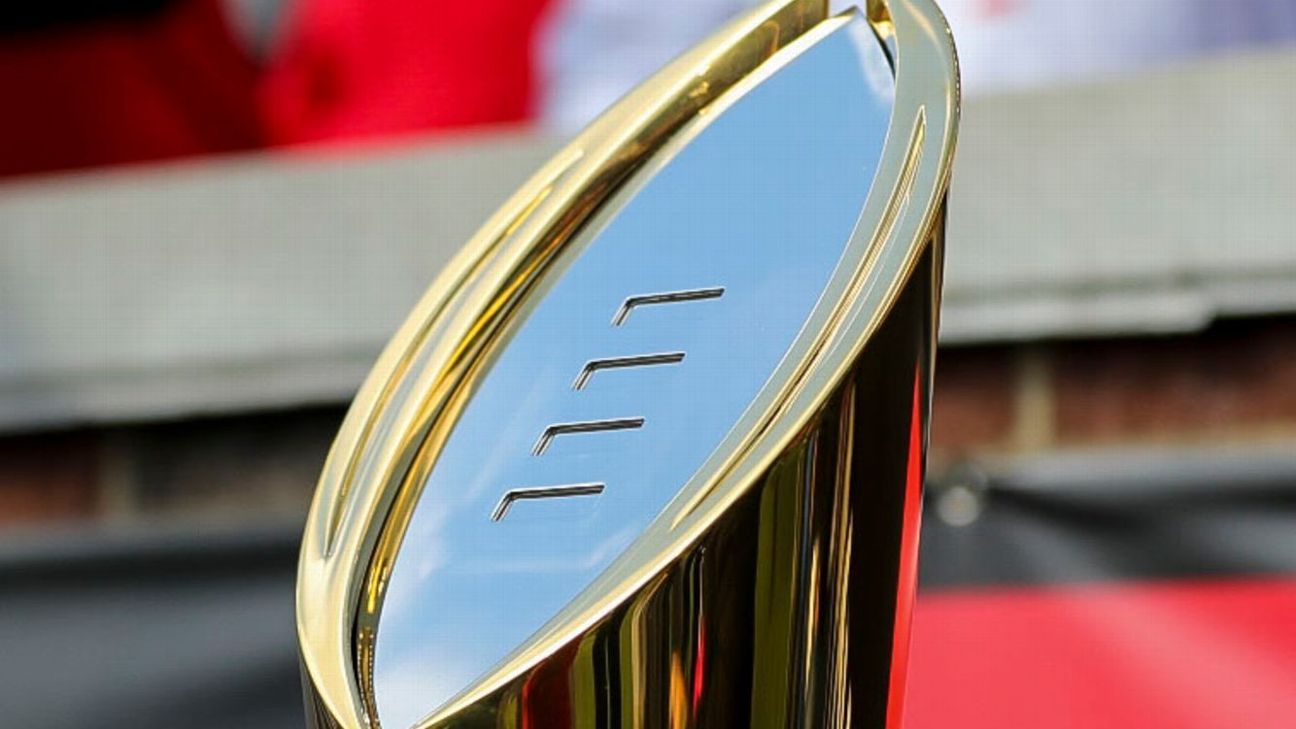Option A is 12 teams, 1 B12 auto bid, 7 chances for an at-large.That format is 100% a massive win for Big 12 and ACC and irrelevant for B1G and SEC.
Option B is 14 teams, 2 B12 auto bids, 3 chances for an at-large.
I'm not sure that the math is any more than a wash on opportunities per year. It limits both upside and downside for the Big 12. But what Option B does do is make it so that a higher percentage of playoff revenue is likely to go to the Power 4 programs by only allowing the G5 3 shots at getting 2 teams instead of 7 shots - plus a payout divided into 14 instead of 12 so the G5 is likely to get less of a share. Option B is very likely to be accepted imo.


